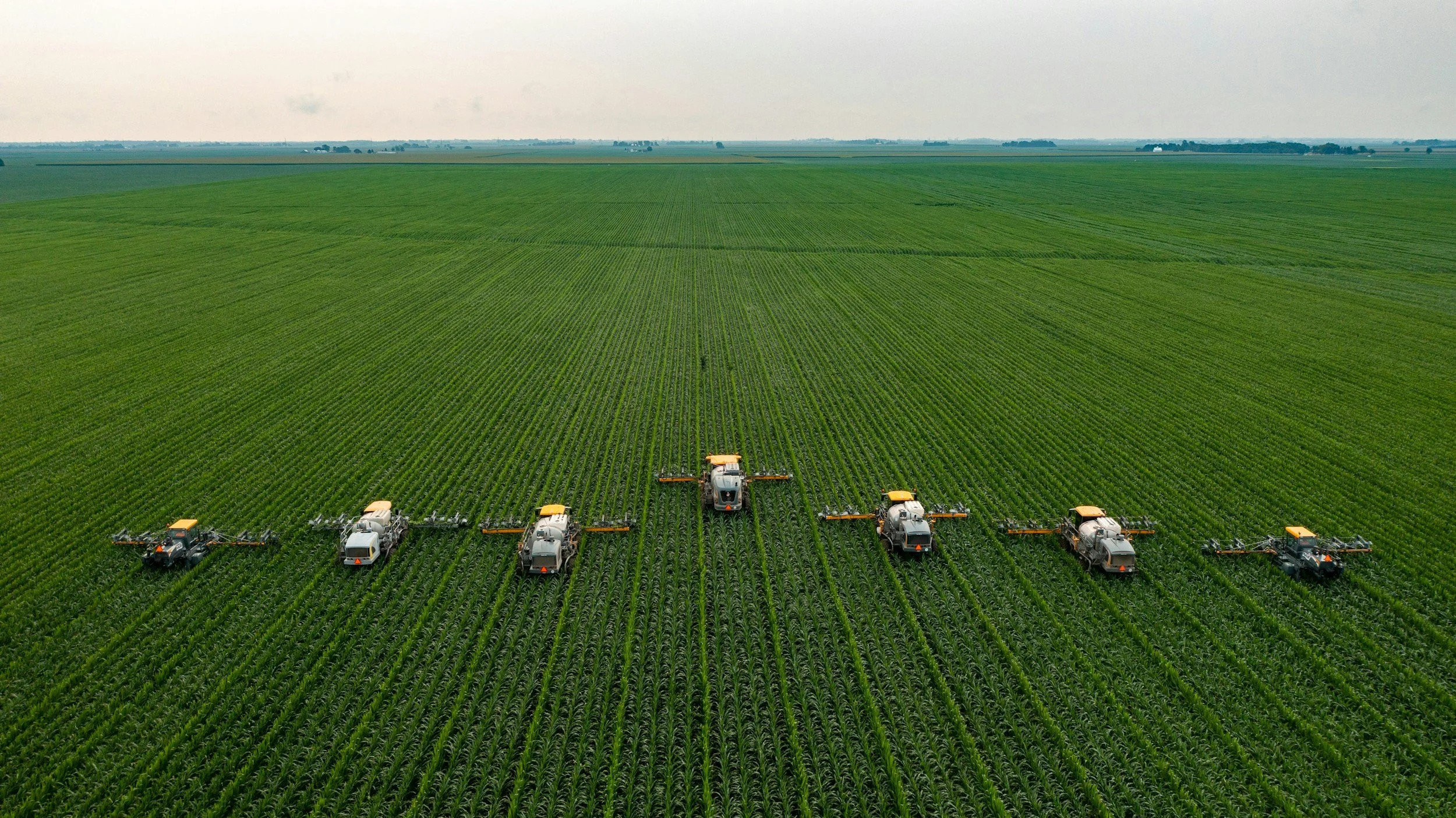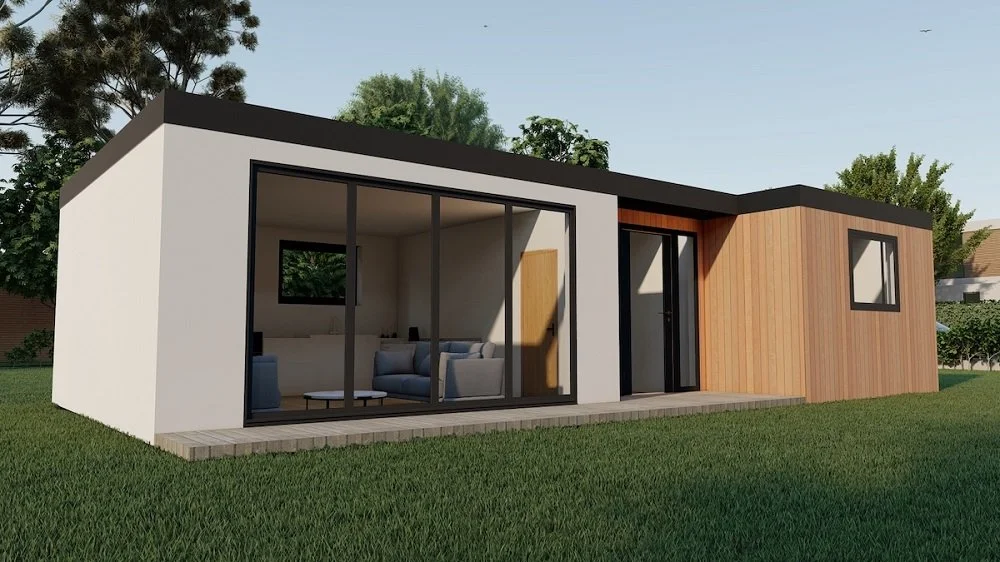Guest post by Alexandria Heinz
Air plants are the latest trend in decor, but what are they? If you’ve ever been curious about these tiny, green succulent-like plants, you’ve come to the right place! Air plants, also known by their scientific name Tillandsias, are easily identifiable by their small structure and lack of roots. Similar to most plants, air plants do need a combination of air and water to survive, but unlike most plants, they don’t require soil to grow.
Epiphytes (plants that don’t need soil to grow) can absorb nutrients through their leaves rather than roots. This makes them a popular choice in home decor. They do need to be watered about once a week, but this is done by misting them, which leaves less of a mess in the home.
In their natural state, air plants are found on trees and shrubs. They are common in the warm climates of the southern United States, Central America, and South America. Many of these tropical plants produce a bright neon flower. To help you become familiar with air plants, we’ll show you 5 distinctive types that are unique in shape and color.
Read More


















































